Paper: AI helps provide timely data for fishery assessments and guidance for fishery managers
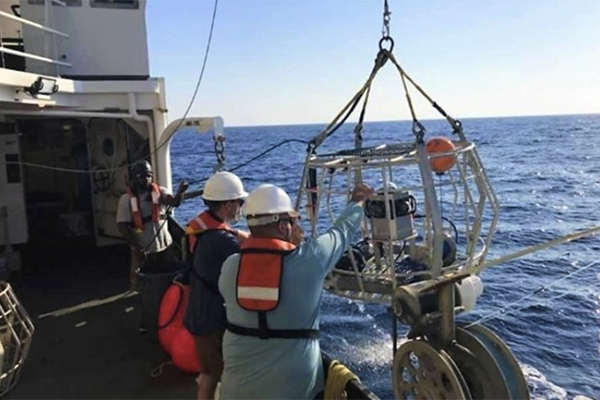
Artificial intelligence and machine-learning technologies have great potential in video fisheries surveys, a new collaborative research paper has determined.
Published in a special issue of Frontiers in Marine Science, the paper says that video surveys, which have increased in importance to the U.S. federal fisheries agency NOAA Fisheries, require a lengthy manual process, which is a bottleneck to providing timely guidance to fishery managers.
Combining one year of sampling from the Gulf Fishery Independent Survey of Habitat and Ecosystem Resources video surveys results in approximately 2,000 camera deployments, 1,000 hours of footage, and around 30 terabytes of data. It typically takes a full year of manual video analysis (identifying and enumerating species) to turn the video collections into usable data for assessing fish.
NOAA’s Southeast Fisheries Science Center has been conducting video surveys in the Gulf of Mexico for more than 30 years. The paper looks at how AI and machine learning can increase efficiency for operations of two fishery-independent surveys led by the Southeast Fisheries Science Center.
The agency partnered with Mississippi State University-Northern Gulf Institute and Kitware Inc. to develop a process to automate the processing of videos collected in the Gulf of Mexico grouper and snapper fisheries. The software system, Video Image Analytics for the Marine Environment (VIAME), uses the videos and images to search for fish, detect objects and fish, track species movement, enhance and annotate video, generate products quickly and become smarter with the collected data.
Artificial intelligence is already helping improve fisheries, but the trick is in training the tech
“This artificial intelligence software system will be a huge stepping stone for us in terms of timeliness and efficiency delivering analytical products from these critical surveys,” said Matthew Campbell, co-author and co-lead of the project.
The project is making the software accessible to anyone who would like to access VIAME as an online platform to test and build models, or for download and use on local computing. “Our team sticks to evaluating fish populations, so I hope by using this open source format that habitat scientists could access the imagery and begin to create habitat labels to automate that component,” said Dr. Campbell.
The software received its original data from the available imagery from previously processed video surveys and consisted of 600,000 individual annotations across 140 fish species in the Gulf.
Follow the Advocate on Twitter @GSA_Advocate
Now that you've reached the end of the article ...
… please consider supporting GSA’s mission to advance responsible seafood practices through education, advocacy and third-party assurances. The Advocate aims to document the evolution of responsible seafood practices and share the expansive knowledge of our vast network of contributors.
By becoming a Global Seafood Alliance member, you’re ensuring that all of the pre-competitive work we do through member benefits, resources and events can continue. Individual membership costs just $50 a year.
Not a GSA member? Join us.
Author
-
Responsible Seafood Advocate
[103,114,111,46,100,111,111,102,97,101,115,108,97,98,111,108,103,64,114,111,116,105,100,101]
Tagged With
Related Posts
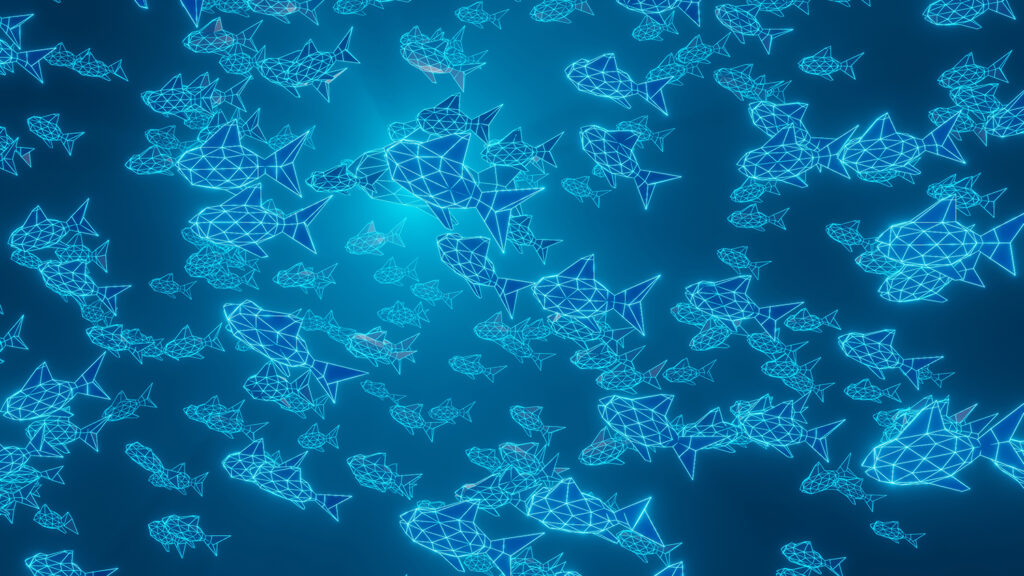
Innovation & Investment
‘AI ticks all the boxes’ and is proving to be a perfect match for aquaculture
Artificial intelligence (AI) is rippling through the aquaculture industry, promising greater efficiencies and insights, as well as investor interest.
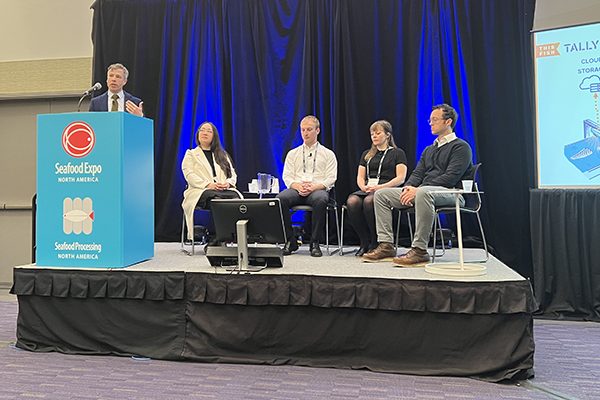
Intelligence
AI is becoming an ‘integral part’ of fisheries management and seafood processing
Artificial intelligence (AI) is playing a larger role in seafood, as data is at the heart of the so-called fourth industrial revolution.
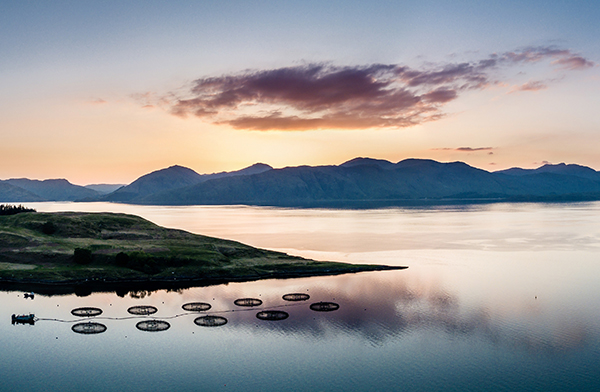
Intelligence
Aquaculture research projects receive $1.3 million to explore imaging technology and AI
Three aquaculture research projects have received a combined $1.3 million to explore imaging technology and artificial intelligence (AI).
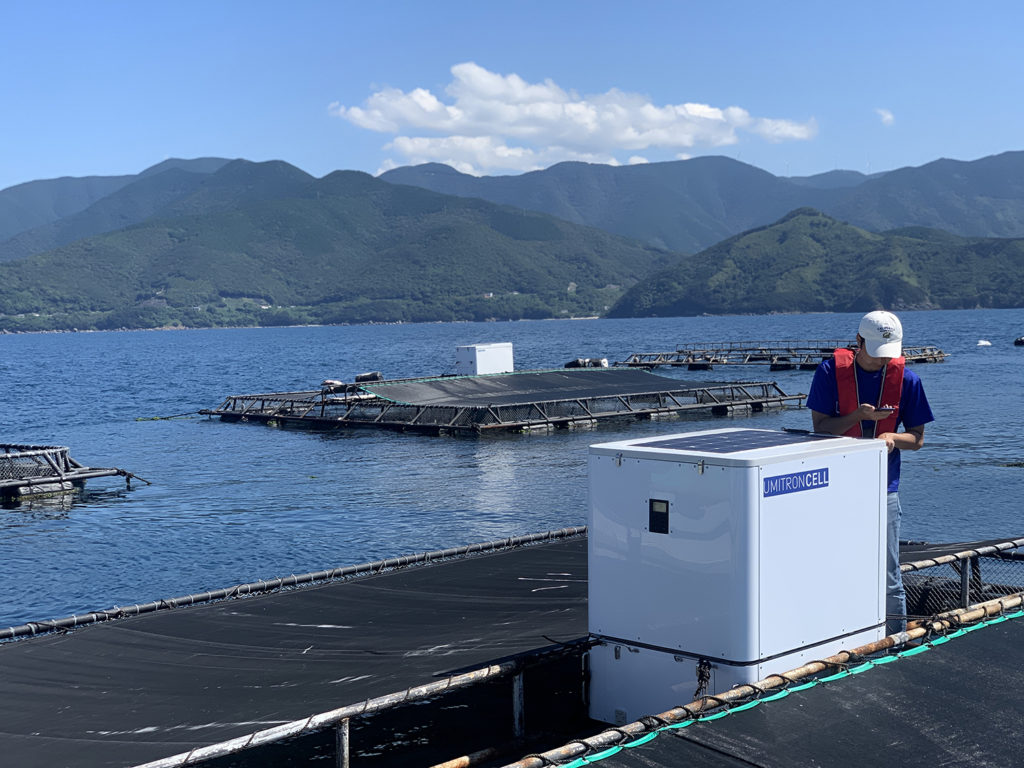
Innovation & Investment
Can aquaculture go all-in on AI?
Progressive aquaculture companies are harnessing the power of artificial intelligence (AI) from firms like Umitron and Aquaconnect to improve operations.



